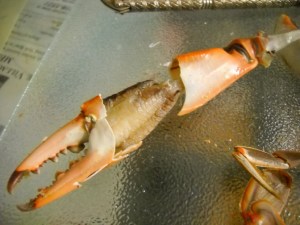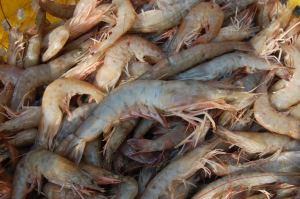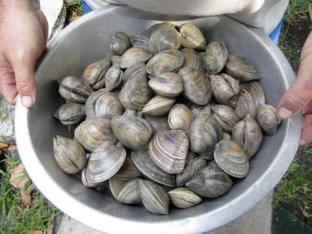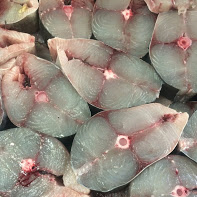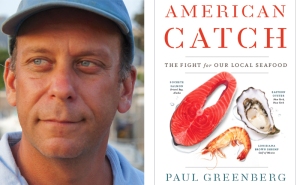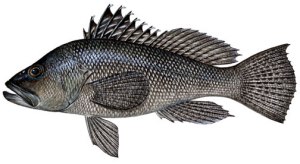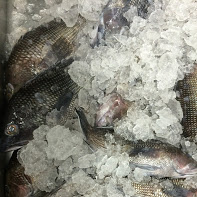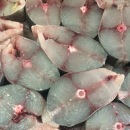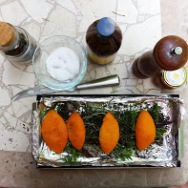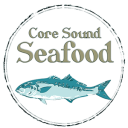Spanish Mackerel
 Spanish Mackerel, or “Spanish” for short, is an oily fish that is high in Omega-3 fatty acids that are great for heart health. Fresh mackerel is one of the tastiest, most versatile, and most plentiful fish available from the fall to spring. As an oily fish it is best to eat as soon as you can after catch. This is a treat for shareholders because the only way to get it more fresh than through our CSF is to drive to the coast! Don’t freeze these fillets or any other oily fish. Freezing creates added moisture that will ruin the texture. The flesh will be dark. If cooked right it is very juicy.
Spanish Mackerel, or “Spanish” for short, is an oily fish that is high in Omega-3 fatty acids that are great for heart health. Fresh mackerel is one of the tastiest, most versatile, and most plentiful fish available from the fall to spring. As an oily fish it is best to eat as soon as you can after catch. This is a treat for shareholders because the only way to get it more fresh than through our CSF is to drive to the coast! Don’t freeze these fillets or any other oily fish. Freezing creates added moisture that will ruin the texture. The flesh will be dark. If cooked right it is very juicy.
Recipe Ideas
Spanish Mackerel is relatively strong and to some noses come across as “fishy”. The best way to cook strong fish is with strong flavor! Think soy based marinades, vinegar marinade, or bbq rubs and spices. There are a number of good Asian recipes out there for this fish. The French like their mackerel with gooseberries, and the Italians like mackerel with red currants. Check out this article from the NY Times on Mackerel you might find interesting. Serving cold mackerel with a mint marinade is another different way to serve this fish–there is a recipe on our Pinterest page.
A traditional way to cook Spanish has been on the grill. Make sure the fillets are completely dry and oiled well. Another good preparation is to pan sear your mackerel. The skin is very tasty and gets you an extra dose of those healthy oils. Here is a link to pan searing we have shared in the past: pan searing technique.
You can always bake it, and with all of our cooking methods remember to plan on 10 minutes for every 1 inch of thickness. If using the oven this would be at 425 degrees. Some other preparations recommend steaming in a dutch oven.
Vow to never overcook your fish! Remember that it will cook a little even after it is out of the oven so transfer to another dish, serve quickly, or slightly reduce cooking time. Check out our Spanish Mackerel recipes on Pinterest.

